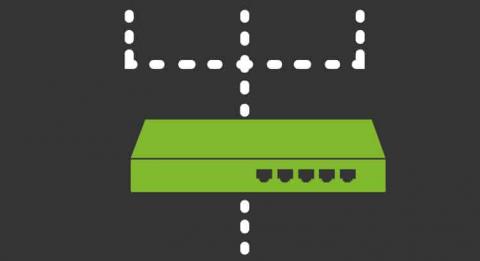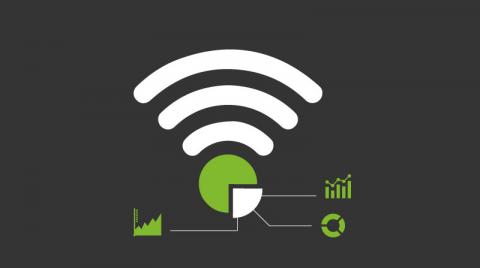Monitoring SaaS Applications for Network Administrators
Software as a Service (SaaS) is a mainstream way of bringing enterprise applications to hundreds of thousands of application users at a stable cost. Rather than loading client software on a desktop PC, we lease software from the cloud, and monitor how the SaaS application is delivered. That makes it available to everyone in the enterprise.








